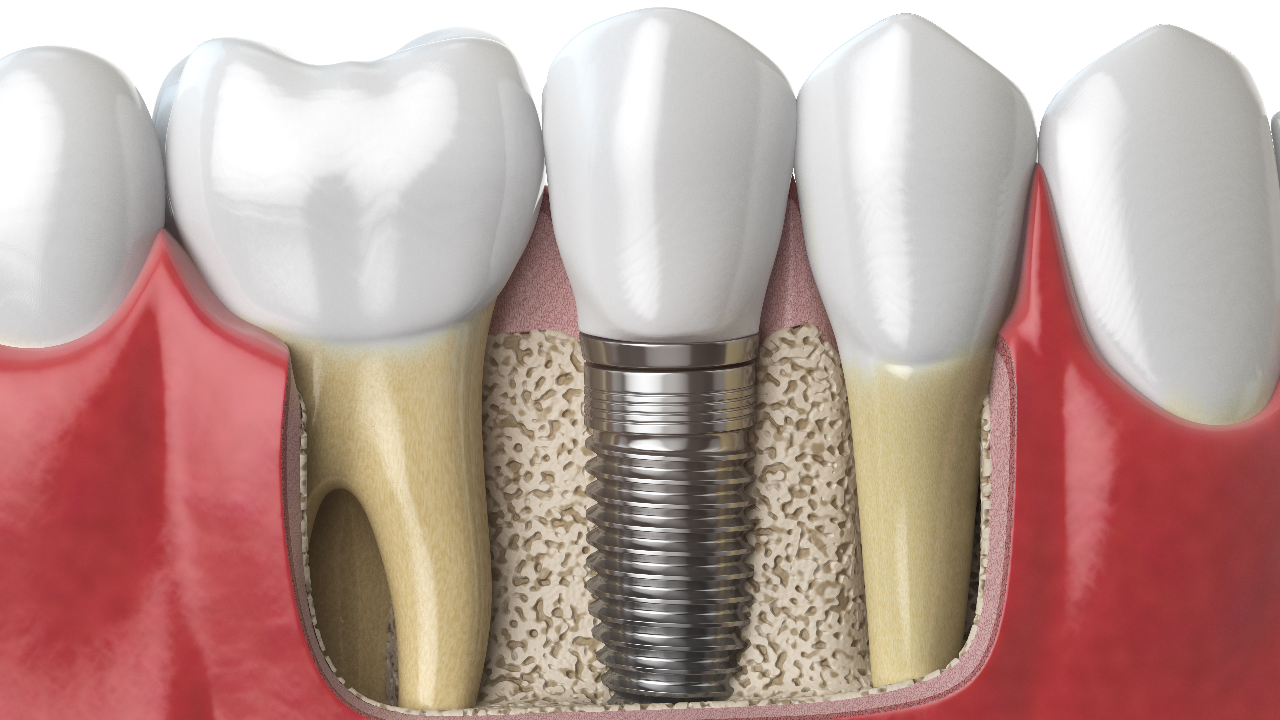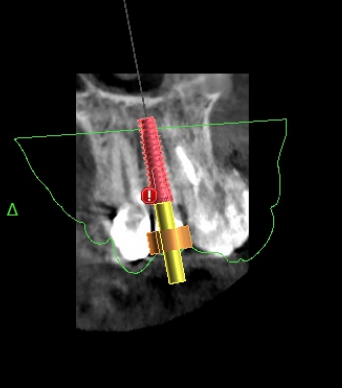Benefits of Virtual Dental Implant Planning
Jul 25, 2022
Patients who have missing teeth want a reliable way to replace them. They want to be able to smile and chew with confidence. Although there are several ways to replace missing teeth, dental implants are the gold standard. As clinicians, you know the benefits of dental implants. But patients prefer implants too because they function like their other teeth while looking and feeling natural.
For decades, dentists and dental surgeons have been placing dental implants. In the past, placement was done conventionally using freehand implant placement techniques that are surgically based using either surgical guides or surrounding teeth as guides. Planning for this surgery typically involves radiographs and periodontal charting. While many people are functioning well with dental implants placed this way, this technique does come with some level of unpredictability.
Studies have shown limitations in freehand placement showing a discrepancy between optimal placement and actual placement.

This limitation was also shown to result in more unpredictability not only in the implant but also in case planning. Fortunately, dentists now have the option of utilizing the latest digital technology, which can influence both the planning and placement of dental implants. Using 3D digital technology and computer software, dentists can now use guided surgical techniques that can be beneficial in the planning and placement of dental implants.
Dental Implant Planning
As with any dental procedure, planning is key for dental implant success. In terms of clinical success, proper planning for a dental implant is necessary for determining any need for augmentation, the type of implant that works best, design of the restoration, optimal placement, minimal complication risk, and best result for patient satisfaction. Planning also involves creating case presentations that help patients understand the procedure and its benefits while visualizing the results.
While dentists have been successfully planning dental implants for decades, digital technology offers benefits vs traditional methods, which are worth consideration.
Benefits of Virtual Planning
- Customizes the Case - Using a digital implant workflow, you can customize cases by collecting data, which computer software can use to design and manufacture components and restorations that meet the specific patient needs.
- Offers Placement Precision - Utilizing digital technology can give you the tools for more exact placement, improving success and reducing chair time.

- Improves Prognosis - Having the ability to place implants more precisely is more predictable, which reduces complications and improves long-term outcomes.
- Enhances Case Presentation - Using digital visualization, you can show patients the plan for their surgery and how this customized planning can offer a minimally invasive procedure. When patients understand the benefits, they are more accepting of treatment.
Planning for an implant utilizing the latest digital technology offers customization and presentation tools that benefit both dentist and patient. Having tools that can offer more predictability and improve outcomes elevates treatment from the planning stages through the procedure itself.
By offering the latest technology in planning and presentation, you can position your practice as one that produces the highest standard of care!
If you are interested in learning more about digital implantology, sign up here to get notified when registration opens for our upcoming Digital Implantology by Dr. August de Oliveira sponsored by Implant Direct,
_______________________________________________________________________________________
About the Author: Suzanne L. Vila, RDH, PHDHP, B.A.
Suzanne is a Registered Dental Hygienist in Central PA who works in private periodontal practice and at a local college as an adjunct dental hygiene faculty. After a thirty-year career in dental hygiene, Suzanne is now creating non-clinical projects involving professional enhancement, public health initiatives, and patient education. In addition to being a passionate dental practitioner, Suzanne enjoys teaching fitness classes such as Pilates and yoga and volunteering with the local dog rescue Pitties.Love.Peace, and spending time with her family and their two rescued pit bulls, Rudy & Freya.
Resources
- Schnutenhaus, Sigmar et al. “Factors Influencing the Accuracy of Freehand Implant Placement: A Prospective Clinical Study.” Dentistry journal vol. 9,5 54. 10 May. 2021, doi:10.3390/dj9050054
- Conejo, Julian et al. “Digital Implant Planning and Surgical Guides: Tools for Clinical Success.” Compendium of continuing education in dentistry (Jamesburg, N.J. : 1995) vol. 42,7 (2021): 400-401.

